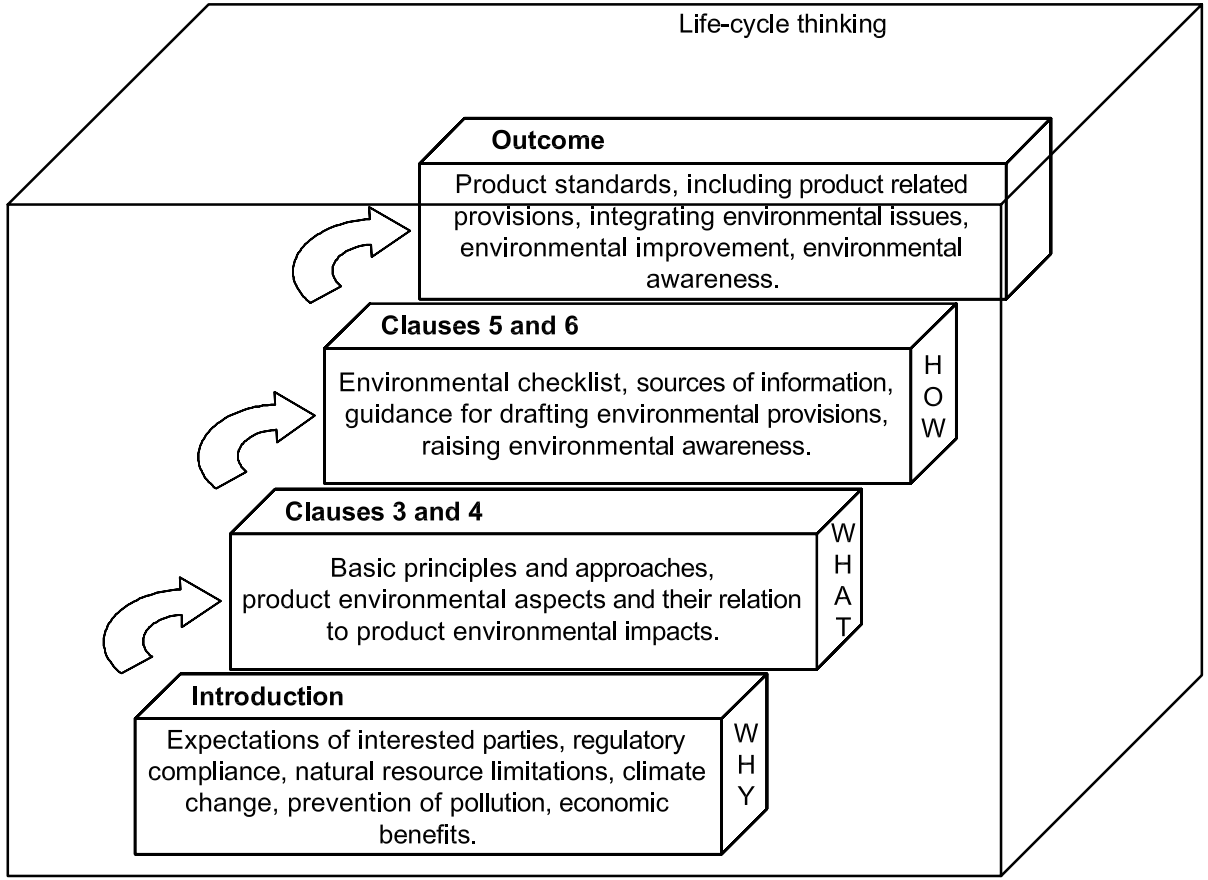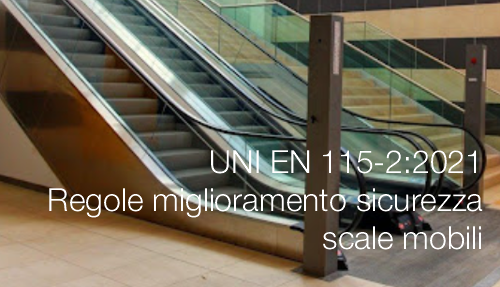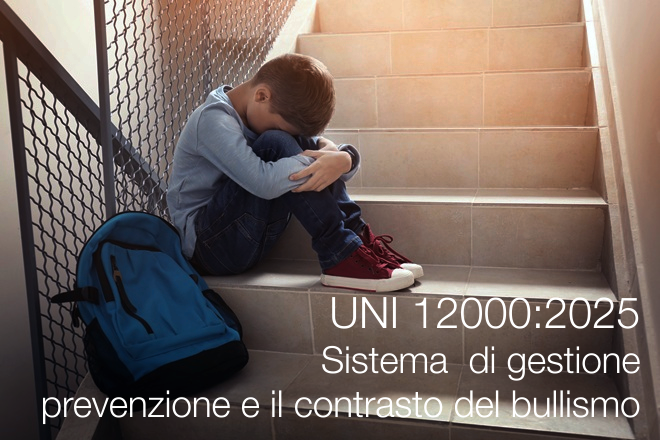Informazione tecnica HSE / 25 ° anno
/ Documenti disponibili:
45.602
/ Documenti scaricati: 34.535.898
/ Documenti scaricati: 34.535.898
Guide for addressing environmental issues in product standards
Every product has an impact on the environment during all stages of its life-cycle, e.g. extraction of resources, acquisition of raw materials, production, distribution, use (application), reuse, end-of-life treatment, including final disposal.
These impacts range from slight to significant; they can be short-term or long-term; and they occur at global, regional or local level. Provisions in product standards have an influence on environmental impacts of products.
The need to reduce the potential adverse impacts on the environment of a product that can occur during all stages of its life is recognized around the world. The potential environmental impacts of products can be reduced by taking into account environmental issues in product standards.
This Guide is intended for use by all those involved in the drafting of product standards, to draw attention to environmental issues in support of sustainable international trade, and is not intended to be used to create non-tariff barriers to trade. Standards writers are not expected to become environmental experts but, by using this Guide, they are encouraged to:
⎯ identify and understand basic environmental aspects and impacts related to the product under consideration, and
⎯ determine when it is possible and when it is not possible to deal with an environmental issue through a product standard.
During the life-cycle of a given product, different environmental aspects can be determined. However, the identification of these aspects and the prediction of their impacts is a complex process. When writing a product standard, it is important to ensure that an evaluation as to how products can affect the environment at different stages of their life-cycle is carried out as early as possible in the process of developing the standard. The results of this evaluation are important for specifying provisions in standards. It is anticipated that product standards writers actively consider compliance with any applicable national, regional or local product related regulation.
This Guide proposes a step-by-step approach, based on the principle of life-cycle thinking (see also 3.2.1), in order to promote a reduction of potential adverse environmental impacts caused by products, as illustrated in Figure 1.
Figure 1 St-p-by-step approach for the inclusion of environmental provisions in product standards based on life-cycle thinking
The approaches outlined in Clause 3 help to make standards writers aware of how it is possible to make an effective contribution to environmental improvement through a product standard, and how to reduce potential adverse environmental impacts of products. It is necessary to understand how the product interacts with the environment during its life-cycle in order to determine whether it is possible and appropriate to take into account environmental issues in the product standard.
These issues are considered in Clause 4, which explains which environmental aspects are relevant for standards writing (“WHAT”). Through a helpful tool (the environmental checklist), the writer of product standards can assess the relevant product environmental aspects, based on the availability of environmental information, product and environmental knowledge and the application of life-cycle thinking, these are considered in Clauses 5 and 6 which address the techniques of “HOW” to identify environmental aspects and impacts and draft environmental provisions in product standards.
Some useful examples taken from existing standards are included in Annex B. As an outcome, based on this information and additional guidance, environmental provisions can be drafted in product standards.
Fonte: CEN 2008

ID 15030 | 26.11.2021 / In allegato Preview
UNI EN 115-2:2021 Sicurezza delle scale mobili e dei marciapiedi mobili - Parte ...

ID 24925 | 16.11.2025 / In allegato Preview
UNI 12000:2025
Sistema di gestione per la prevenzione e il contrasto del bullismo ...

Comunicazione 2016/C 173/01 del 13 Maggio 2016
Comunicazione della Commissione nell'ambito dell’applicazione della direttiva 2006/42/CE del Parl...
Testata editoriale iscritta al n. 22/2024 del registro periodici della cancelleria del Tribunale di Perugia in data 19.11.2024